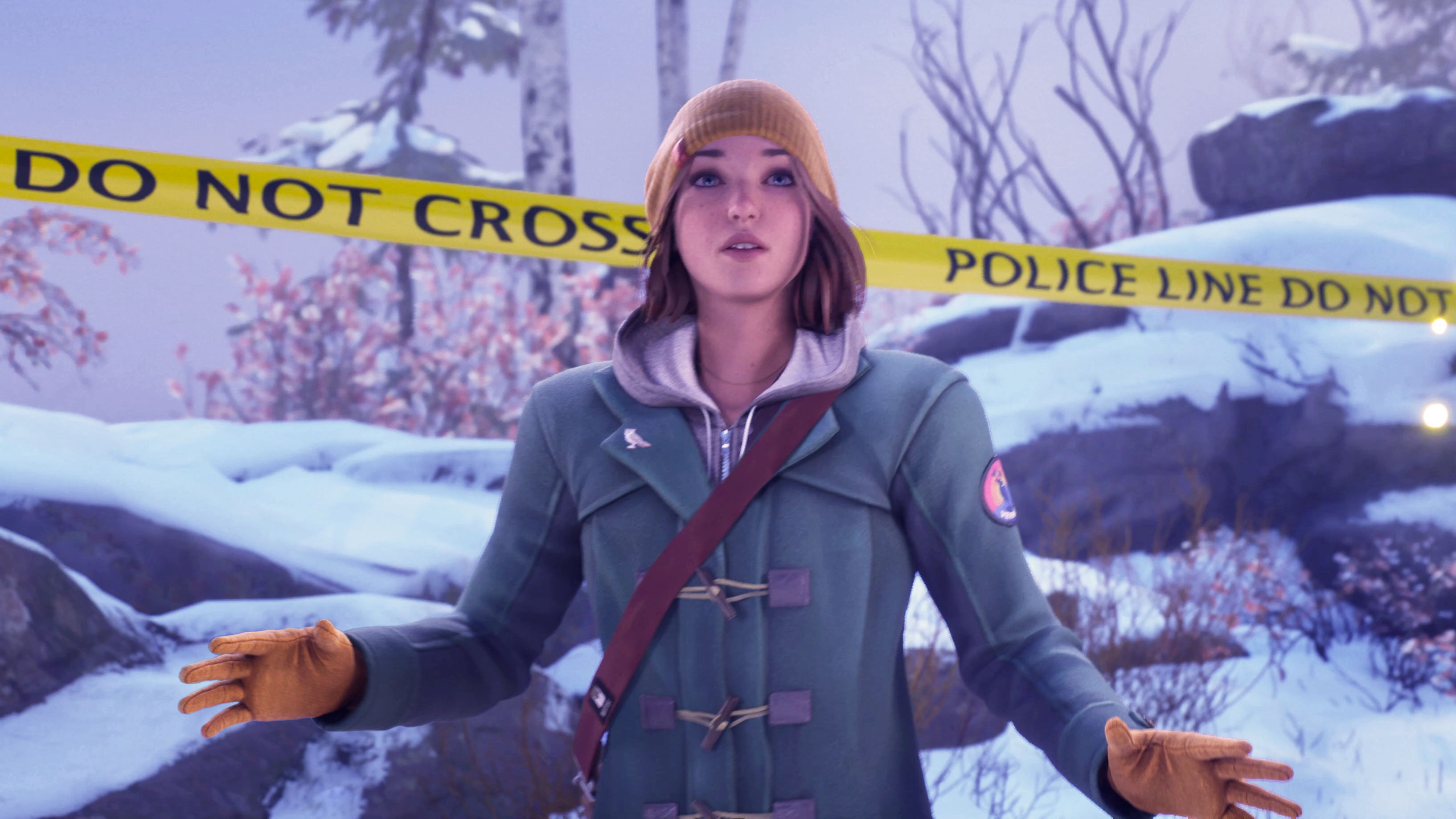
Platforms: PC, Xbox Series X/S (reviewed), PlayStation 5, Switch
Price: $49 / £49 / AU$79.00
Release Date: October 29, 2024
Genre: Adventure
If you'd told teenage me, hunched over my laptop absolutely absorbed in Life is Strange, that I'd be reviewing its direct sequel nearly a decade later, I'd probably have choked on my toast. Developer Don't Nod's time-bending tale of photography student Max Caulfield wasn't just a game — it was a cultural moment that captured the exquisite pain and possibility of being eighteen, uncertain, and suddenly gifted with supernatural powers (well, two out of three isn't bad).
Now here we are in 2024, and Deck Nine Games has the unenviable task of continuing Max's story. As someone who has followed this franchise with the dedication of a bookworm tracking their favorite author's every word — playing every game, devouring every graphic novel, chewing my friends' ears off about temporal paradoxes — I approached Double Exposure with equal parts excitement and trepidation.
Could Deck Nine Games capture the ineffable quality that made Don't Nod's original such a beloved cult classic? Having grown up alongside Max (I was her age when the first game was released though sadly minus the time-rewinding abilities), I wanted to proclaim that the magic has returned in full force. The truth, however, is more nuanced. Double Exposure is a good game — but in 2024 when we've got masterclasses in storytelling dropping left and right, 'good' just doesn't cut it anymore. But perhaps I'm getting ahead of myself. Let's rewind a bit and break down this nostalgic, if uneven, return to form...
Life is Strange: Double Exposure: The Basics
- What is it? A narrative-driven mystery adventure and direct sequel to Life is Strange, following Max Caulfield as she uses her time-manipulation powers to solve her best friend's murder at a prestigious liberal arts college.
- Who is it for? Fans of story-rich games and anyone who enjoys supernatural mysteries with emotional depth. If you loved the original Life is Strange or games like What Remains of Edith Finch and The Wolf Among Us, this is right up your alley.
- What's the price? The standard edition costs $49.99. There is also a Deluxe Edition for $59 and an Ultimate Edition for $74.
- What other games has the developer made? Deck Nine Games previously developed Life is Strange: Before the Storm and Life is Strange: True Colors, after taking over the franchise from original developer Don't Nod.
- What games is this similar to? Beyond obvious comparisons to previous Life is Strange titles, it shares DNA with narrative adventures like Tell Me Why and Road 96.
The more things change...
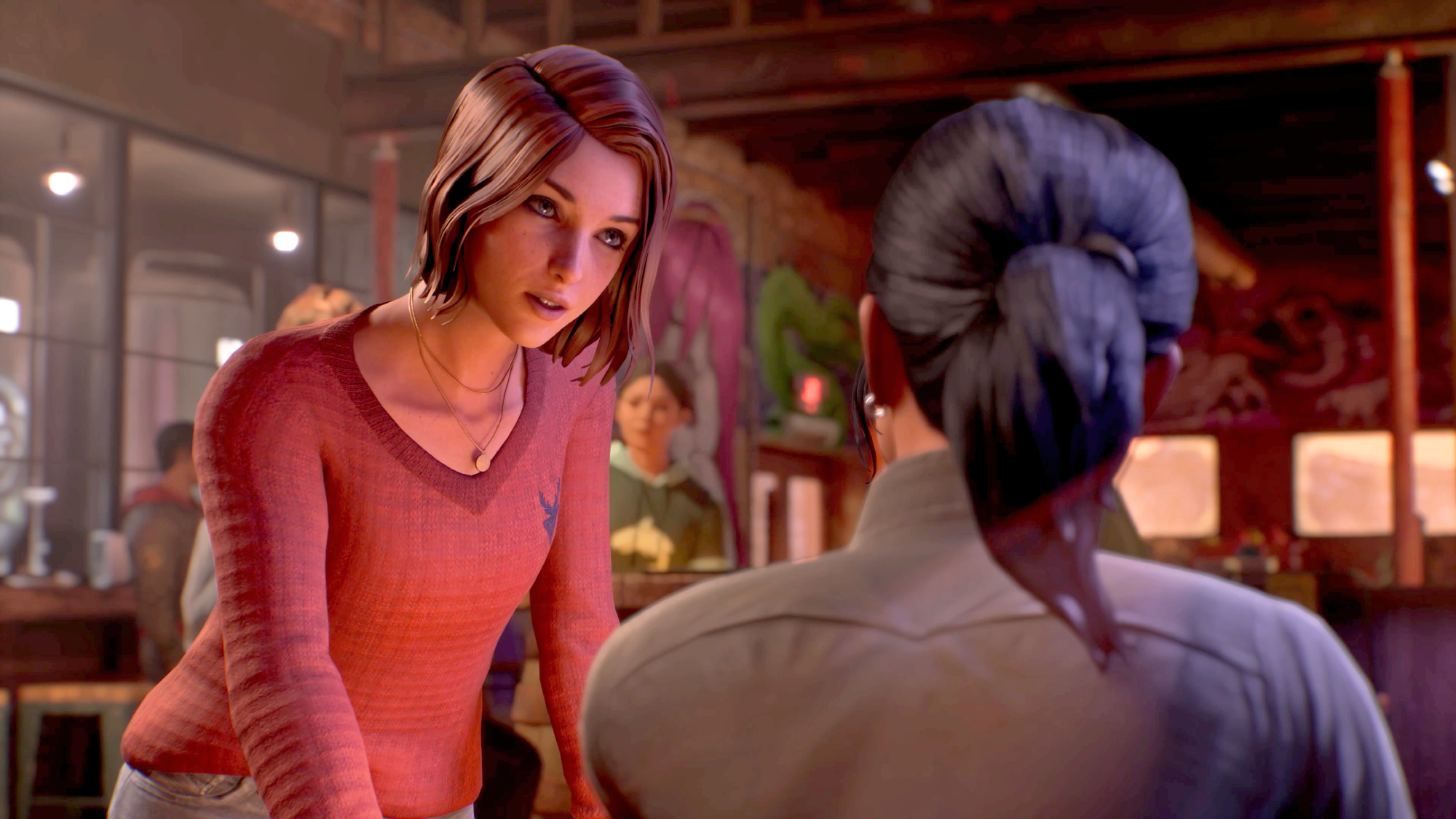
Ten years on from that fateful day in Arcadia Bay, Max has grown in ways that feel authentic to her character, rather than forced for the sake of a sequel. The self-doubt that once had her hiding behind her camera has matured into something more refined — a thoughtful hesitancy that speaks to someone who has learned the weight of their choices. It's exactly the kind of character evolution you'd expect from someone who's had to wrestle with the responsibility of rewriting time itself.
And speaking of choices — kudos to Deck Nine for their deft handling of that decision from the original game. They've found a way to acknowledge both paths while keeping the focus firmly on Max's journey, allowing newcomers to jump straight in without feeling like they're missing vital context.
This mature approach to storytelling shines brightest in Max's relationship with Safi. Daughter of Caledon's principal and Max's closest confidant, their friendship feels extremely natural, perhaps because Max has always gravitated towards strong-willed women who pull her out of her comfort zone. It's like watching a more self-assured Max find her own Chloe-shaped friendship, minus the history and romantic tension.
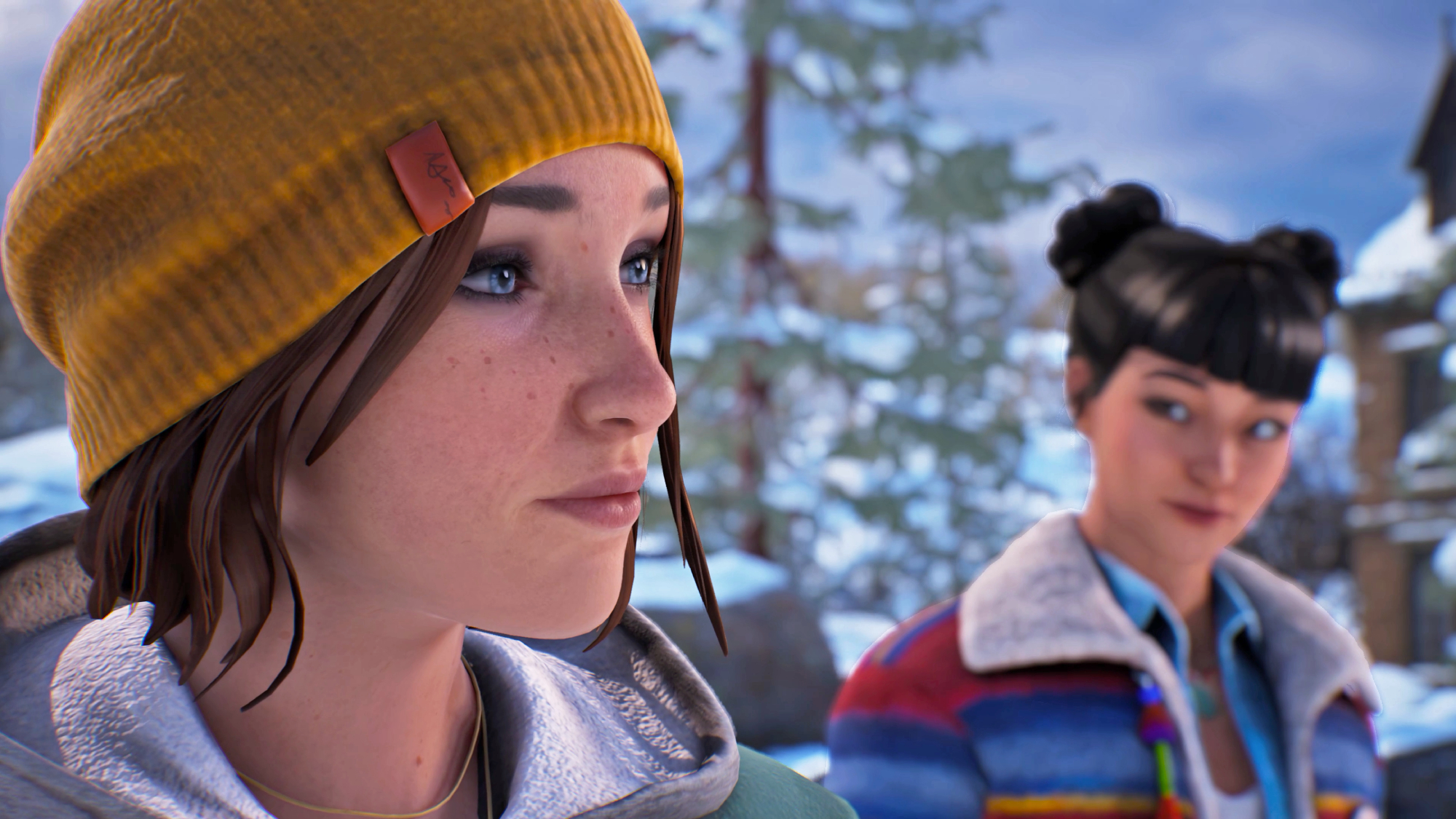
Murder she rewrote
Just minutes after sharing a moment with Max atop the observatory, Safi is dead. It's a gut punch that sets up Double Exposure's core mystery, and one that hits Max particularly hard. Having already lost (and potentially saved) one best friend to tragedy, she's desperate not to let history repeat itself. This time, she has experience on her side — but also the weight of her Arcadia Bay trauma coloring every decision she makes.
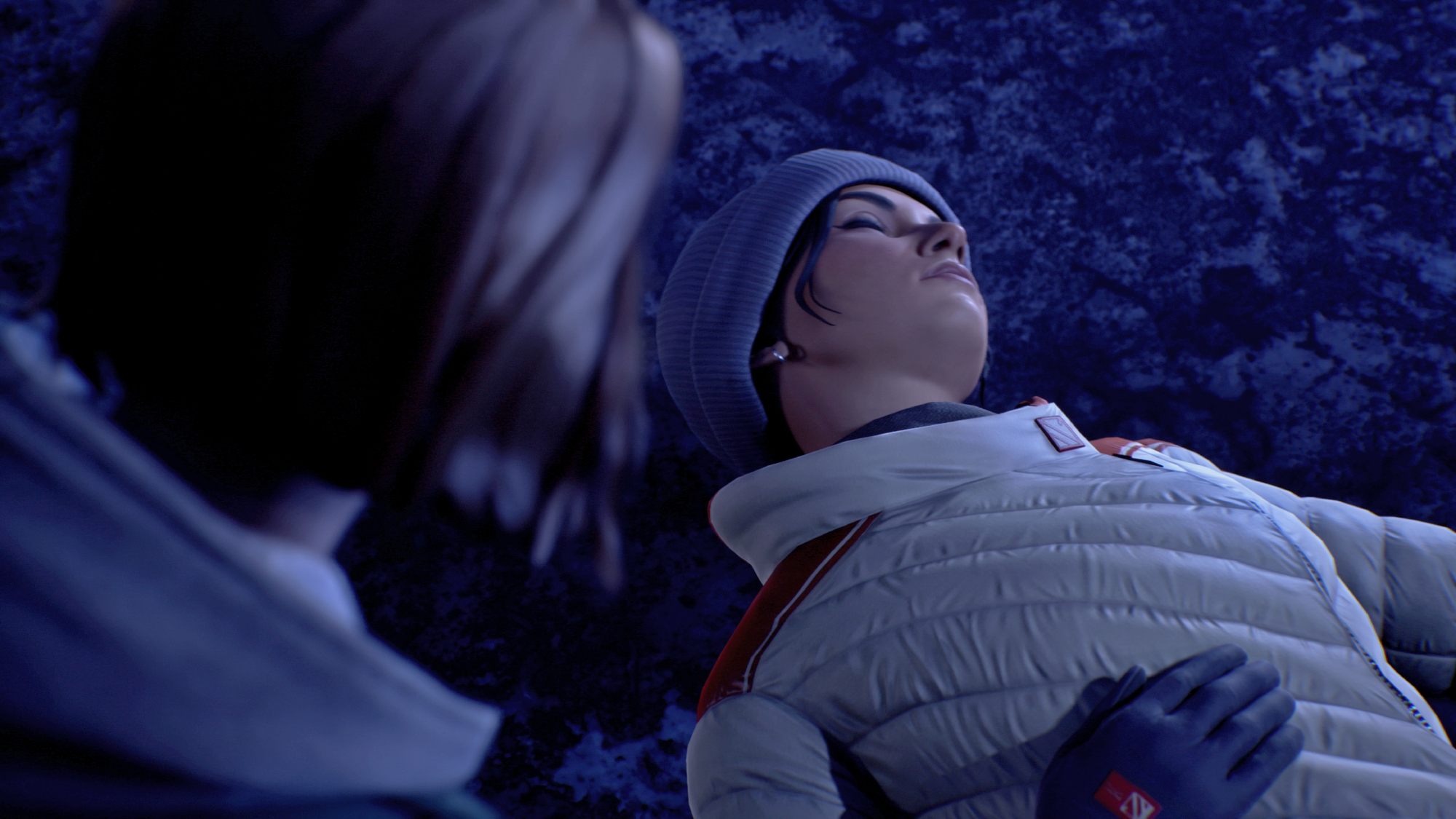
The investigation itself proves gripping, unfolding like a time-twisted episode of Veronica Mars. As Max delves deeper into Safi's life, she uncovers a web of complicated relationships and buried resentments at Caledon University. Our victim, it turns out, had quite the talent for making enemies.
The real strength of the mystery lies in how it intertwines with Max's own struggles with power and responsibility. Every time jump brings new information, but also forces her to question whether she's helping or just delaying the inevitable, again. The way the game parallels her current investigation with her memories of Arcadia Bay creates a compelling psychological dimension to what could have been a straightforward whodunit. Just when you think you've got it figured out, another twist forces you to rewind your theories — both literally and figuratively.
Time out of class
For all the care taken with Max’s personal life, it’s puzzling how little we see of her professional life. We’re told she’s a resident photographer running seminars at the university, yet this potentially fascinating aspect of her character remains frustratingly off-screen. Imagine actually experiencing Max mentoring young photographers, perhaps seeing echoes of her younger self in their uncertainties. Instead, this thread of character development remains largely unexplored, which I can’t help but feel is a missed opportunity.
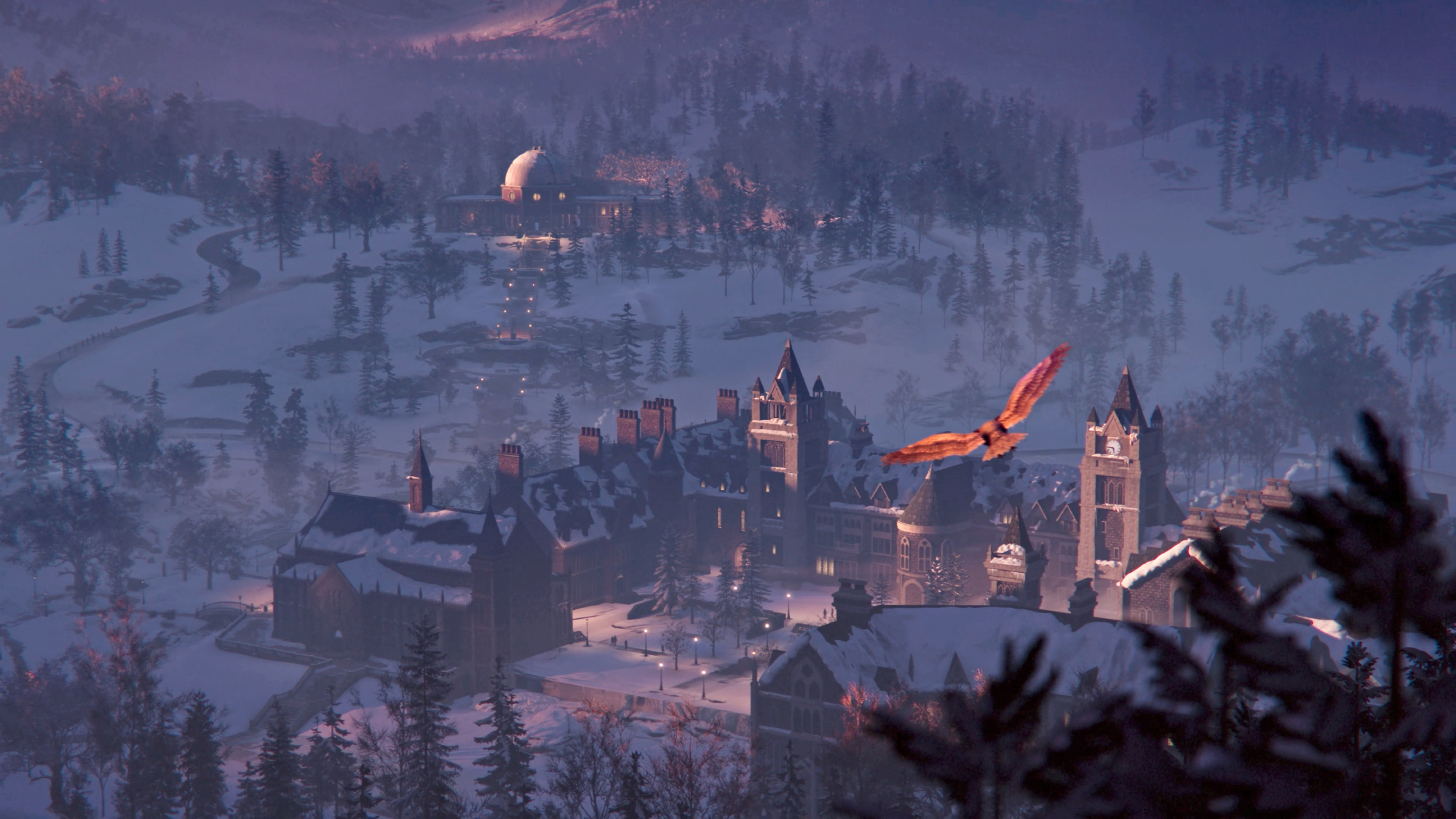
When it comes to the supporting cast — Max’s friends and colleagues — they often feel like caricatures. Sure, the graphics are beautiful and I especially loved the micro-expressions that enabled you to really view their emotional range, but the majority of them, for lack of a better term, were insufferable. While Moses stands out as a breath of fresh air with his earnest charm and loveable personality, most of your fellow campus dwellers feel like they’ve stumbled out of a particularly-on-the-nose parody of liberal arts college life.
One romance option, no spoilers but you’ll know it when your toes start to curl, left me cringing so hard I nearly caused my own temporal paradox. Imagine every liberal arts stereotype thrown into a blender, served with a garnish of trying too hard; that’s what you get. And this is coming from someone who did an MA in poetry. Their dialogue felt slimy, and honestly, I had to suspend disbelief that our Max Caulfield could possibly be friends with these people.
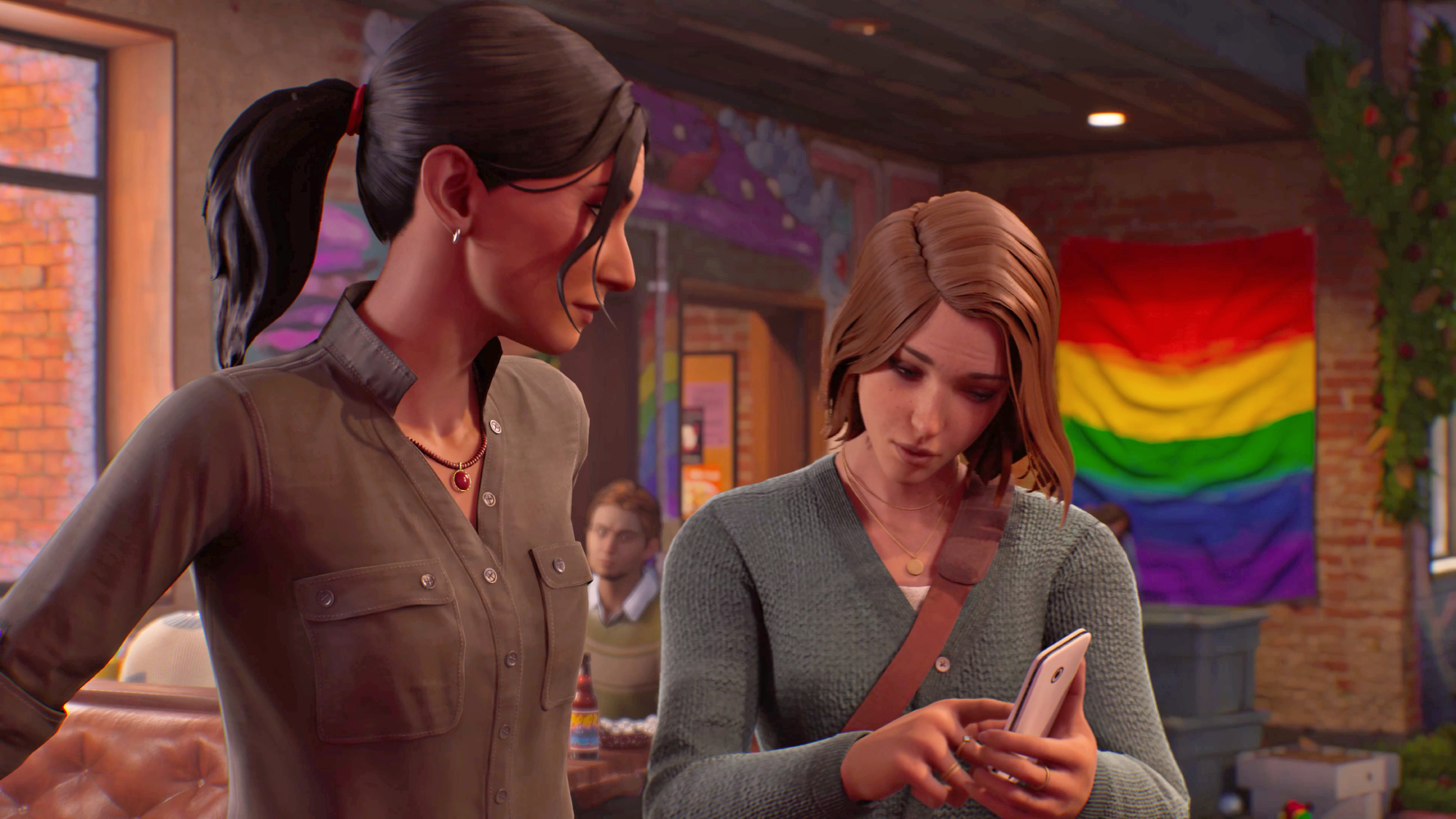
It’s a shame, really, because when Double Exposure nails it, it really nails it. Those moments where Max is reflecting on the past and putting herself out there? Pure gold. When characters like Moses manage to crack through the game’s occasionally suffocating self-awareness? Magic. But these moments are fleeting.
When mechanics stumble
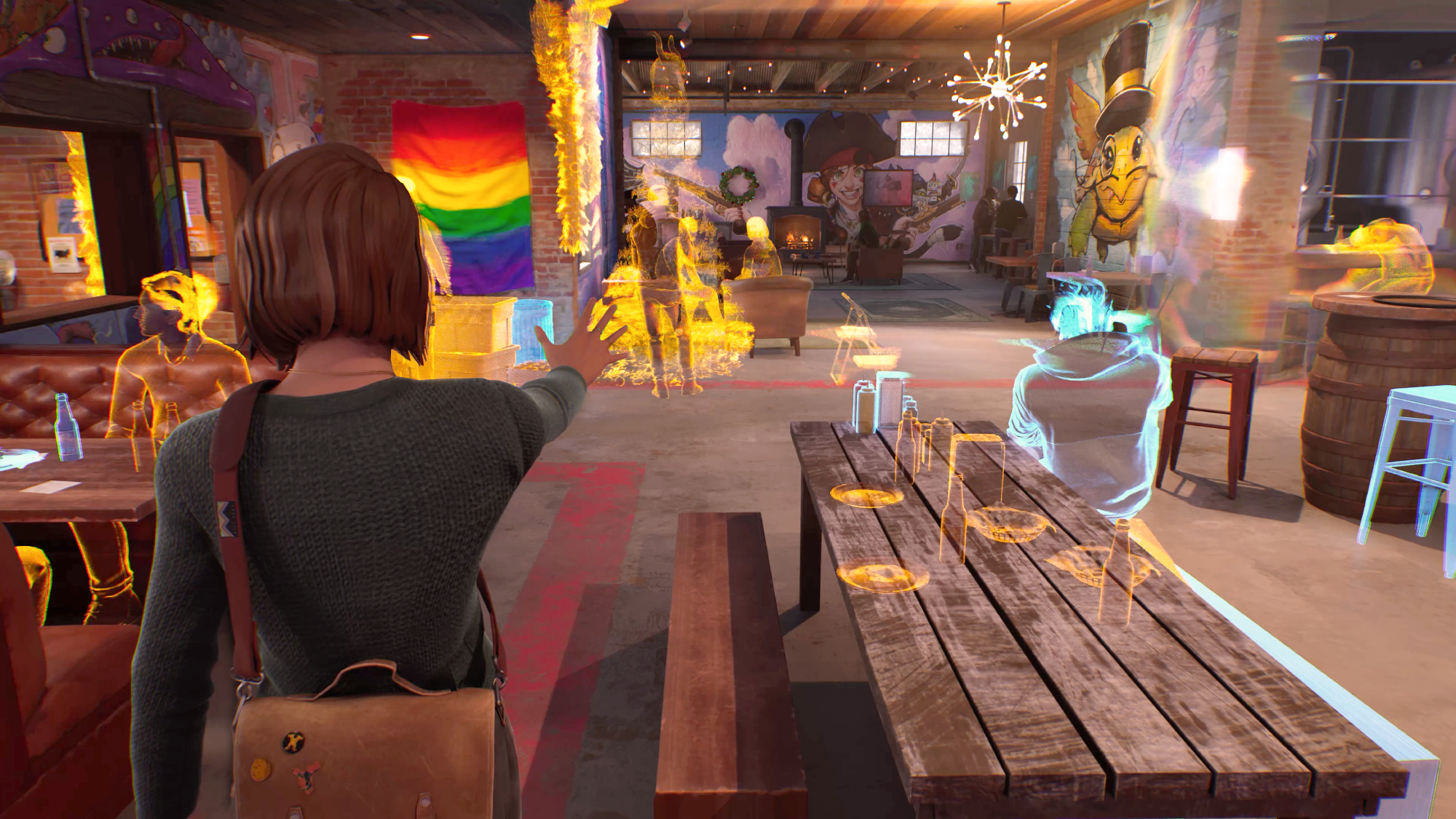
If time-bending were as cumbersome in reality as it is in Double Exposure, I'd happily stick to linear chronology. The game's much-touted timeline-switching mechanic, which should feel revolutionary, instead feels like wrestling an obstinate filing cabinet. Each transition requires ducking into a separate room which breaks the narrative momentum. What should be a seamless supernatural ability becomes an exercise in navigation that would test anyone's patience.
The game's information ecosystem compounds this frustration. Want to catch up on plot details? Prepare for a digital scavenger hunt. The journal system requires laboriously clicking through each entry individually. And the social media feeds? They're less an immersive storytelling tool and more a test of how many repetitive scrolls a player can endure.
Life is Strange Double Exposure: The Verdict
Life is Strange: Double Exposure exists in a curious temporal state — much like Max's own supernatural abilities — suspended between nostalgic reverence and the unforgiving expectations of modern storytelling. It's a game that reaches earnestly to recapture the original's lightning-in-a-bottle magic, occasionally brushing against brilliance, but more often finding itself tangled in its own narrative and mechanical timelines.
Ultimately, Life is Strange: Double Exposure feels like a photograph just slightly out of focus — you can make out the details, appreciate the composition, but something remains maddeningly just beyond clear view.







